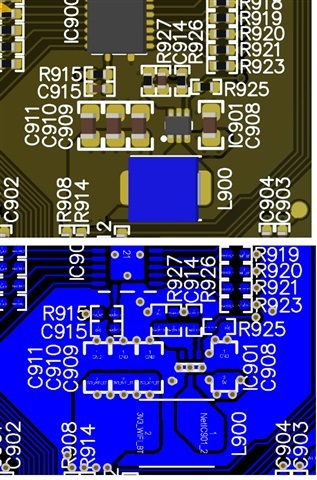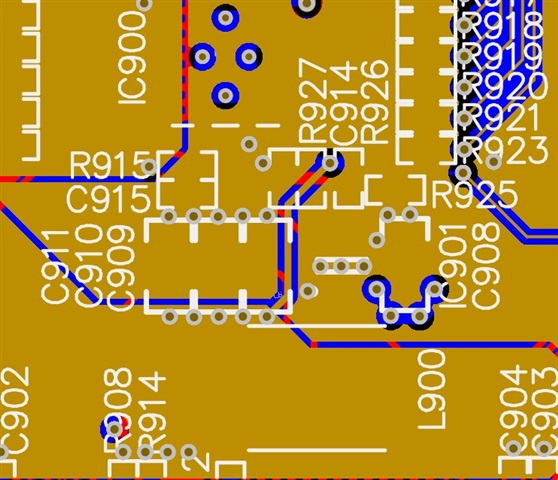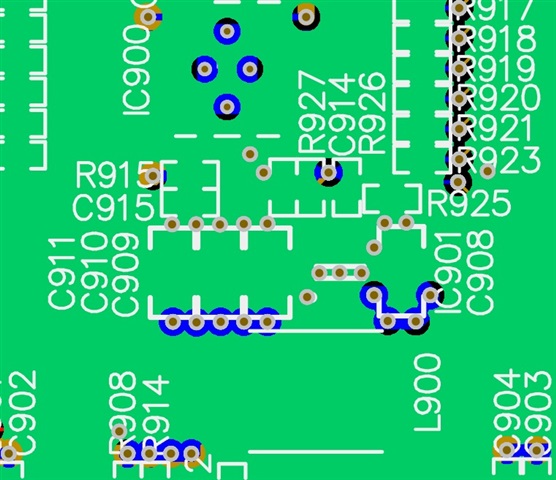Tool/software:
This chip is supposed to have a fixed 2.2MHz switch frequency for medium to heavy load and lower frequency for light load as it works as PFM mode. While in our design, I found the switch frequency can go high to 4.7MHz at a medium light load saying 0.5A output current.
Is it designed to be like that? Or anything could be wrong with my design? It's a quite simple circuit and we couldn't do much wrong with it.






